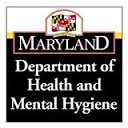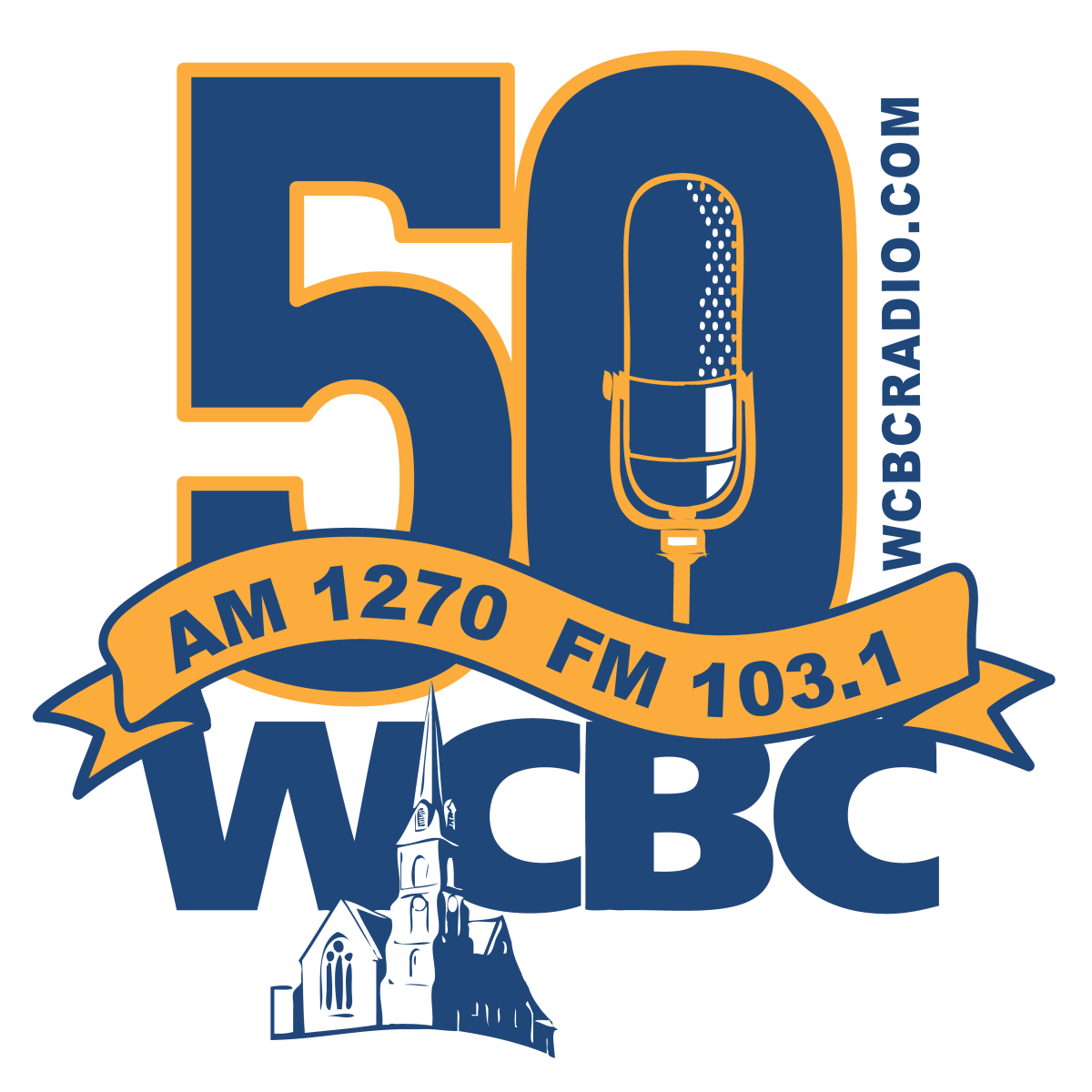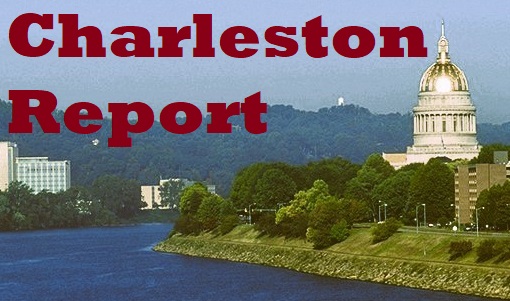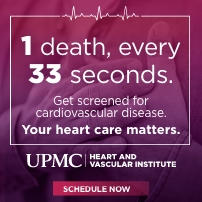May 19th, 2015 by WCBC Radio
The Department of Health and Mental Hygiene (DHMH) today released the 2014 Drug- and Alcohol-Related Intoxication Deaths in Maryland Report. The report found that there was a 21 percent increase in the number of deaths in 2014 compared with 2013’s data.
“The report released today reflects the toll that addiction has exacted on our state. We are resolute in our efforts to curb the epidemic that is claiming the lives of Marylanders,” said DHMH Secretary Van Mitchell.
The annual report describes trends in the number of unintentional drug- and alcohol-related intoxication deaths, commonly referred to as fatal overdoses, occurring in Maryland during the period 2007-2014. Fighting the heroin and opioid epidemic in Maryland is a major priority of the Hogan Administration. Major findings from the report include:
· A total of 1,039 overdose deaths occurred in Maryland in 2014. This also represented a 60 percent increase since 2010.
· Eight hundred eighty-seven or 86 percent of all overdose deaths in 2014 involved opioids – which include heroin and prescription drugs such as oxycodone, methadone, and fentanyl. Large increases in the number of deaths involving heroin and fentanyl were responsible for the overall increase in opioid-related deaths:
o The number of fentanyl-related deaths more than tripled between 2013 and 2014, increasing from 58 in 2013 to 185 in 2014. The number of fentanyl-related deaths began increasing in late 2013 as a result of overdoses involving an illicit form of fentanyl that increasingly has been mixed with, or substituted for, heroin or other illicit substances.
o There were 578 heroin-related deaths in 2014, a 25 percent increase over the number in 2013. Heroin-related deaths have more than doubled in Maryland between 2010 and 2014.
· The number of alcohol-related deaths increased by 13 percent between 2013 and 2014, and by 69 percent since 2010.
Earlier this year, Maryland Gov. Larry Hogan signed executive orders that established the Heroin and Opioid Emergency Task Force and a separate Inter-Agency Coordinating Council. Both groups work and support efforts to address Maryland’s growing heroin and opioid crisis.
The task force, led by Lt. Gov. Boyd Rutherford, has regularly met and has sought input and guidance from a wide variety of sources throughout the state, including academicians, law enforcement and health care officials, and Marylanders affected by cycles of addiction.
DHMH’s Secretary Mitchell leads the Inter-Agency Heroin and Opioid Coordinating Council, which comprises senior-level officials from across state government and is tasked with working to and supporting efforts to address Maryland’s growing heroin and opioid crisis.
DHMH has been collaborating with state and local partners to try to reduce the number of overdoses and has been actively combating and responding to the increase in overdose deaths. With support from Governor Hogan, the department also has expanded access to Naloxone (also known as Narcan) statewide. On May 12, 2015, the Governor signed SB516, which expands DHMH’s Overdose Response Program. The program already has trained more than 5,500 individuals since March 2014, including more than 2,300 law enforcement officers. The new law will facilitate further expansion statewide.


















